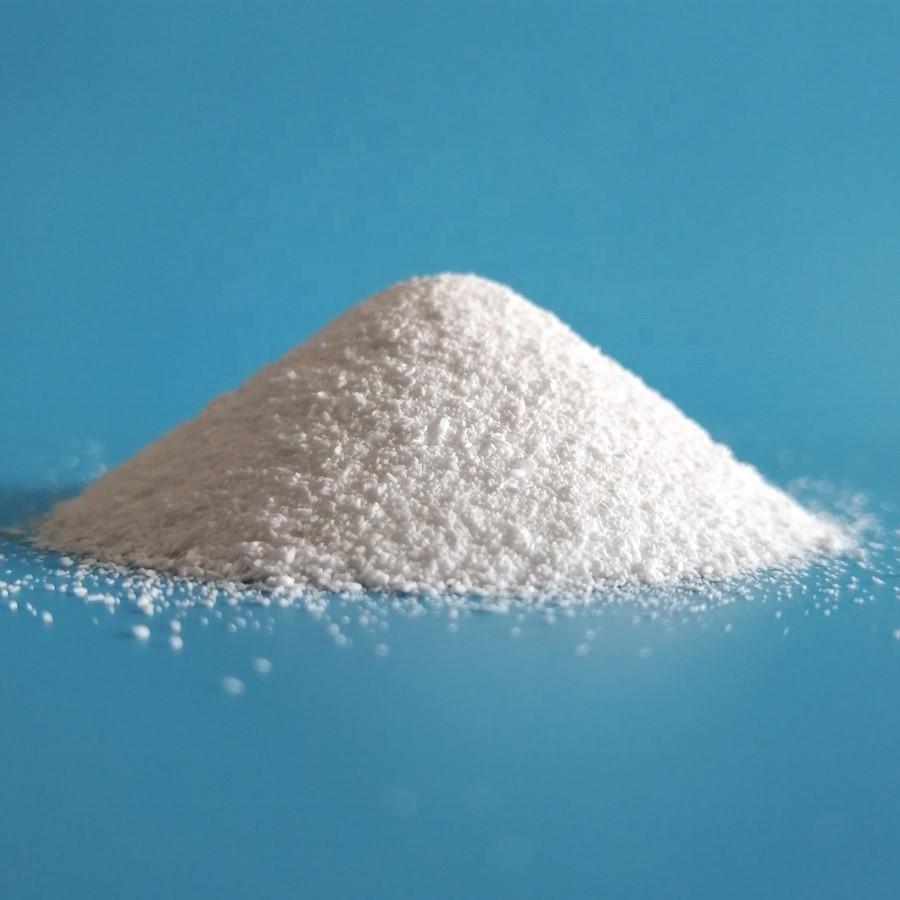Soda Ash Market: A Deep Dive into Environmental Regulations and Carbon Footprint Reduction Strategies

Soda ash, also known as sodium carbonate (Na₂CO₃), is a crucial industrial chemical widely used in the manufacturing of glass, detergents, chemicals, and water treatment. The global soda ash market has been experiencing fluctuations due to various economic, environmental, and geopolitical factors. Understanding the key drivers and challenges affecting the market can help stakeholders make informed decisions. This article explores the primary factors influencing the soda ash market.
1. Growing Demand from the Glass Industry
The glass industry is the largest consumer of soda ash, accounting for over 50% of total consumption. Soda ash is a key raw material in the production of flat glass, container glass, and fiberglass. With increasing demand for construction materials, automotive glass, and packaging solutions, the need for soda ash continues to rise. Countries with booming construction and automotive industries, such as China, India, and the United States, significantly impact market trends.
2. Rising Demand for Detergents and Soaps
Soda ash is a fundamental ingredient in detergent and soap manufacturing. As hygiene awareness increases globally, the demand for cleaning products has surged. Urbanization, improved living standards, and the expanding middle class in emerging economies have led to higher consumption of household and industrial detergents, fueling the soda ash market.
3. Expansion in Water Treatment Applications
Water treatment plants use soda ash to neutralize acidity, remove impurities, and soften water. Governments worldwide are implementing stringent regulations regarding water quality, boosting the demand for soda ash in municipal and industrial water treatment facilities. The increasing global focus on clean water access and sustainability will continue to drive this segment.
4. Chemical Industry Growth
Soda ash is a critical component in the production of chemicals such as sodium silicates, sodium bicarbonate, and percarbonates. The chemical industry's expansion, particularly in emerging economies, directly influences soda ash consumption. The increasing demand for specialty chemicals, pharmaceuticals, and industrial applications further supports market growth.
5. Raw Material Availability and Production Challenges
The production of soda ash occurs through two primary methods: the Solvay process and natural mining (trona ore extraction). The availability and cost of raw materials significantly impact production efficiency and pricing. Natural soda ash producers, particularly in the U.S. (Wyoming), have a cost advantage over synthetic producers due to lower energy and raw material costs. However, fluctuations in mining regulations and environmental concerns pose challenges to the industry.
6. Environmental Regulations and Sustainability Trends
The soda ash industry faces increasing scrutiny over carbon emissions and environmental impact. The synthetic production process, particularly the Solvay method, generates substantial waste and emissions. Stricter environmental regulations in Europe and North America have led to higher compliance costs for manufacturers. As sustainability trends gain momentum, companies are exploring cleaner production techniques and carbon footprint reduction strategies.
7. Geopolitical and Trade Policies
International trade policies, tariffs, and geopolitical tensions influence soda ash market dynamics. The U.S., China, Turkey, and India are major soda ash exporters, and trade restrictions can disrupt global supply chains. For example, U.S.-China trade disputes have impacted soda ash pricing and exports. Additionally, transportation costs and supply chain disruptions due to geopolitical instability affect market stability.
8. Price Volatility and Supply Chain Constraints
Soda ash prices are subject to fluctuations due to raw material costs, energy prices, and transportation expenses. Global supply chain disruptions, such as those experienced during the COVID-19 pandemic, have led to price surges and availability challenges. Shipping constraints, container shortages, and rising fuel costs add further volatility to the market.
9. Technological Innovations and Alternative Production Methods
Advancements in soda ash production technologies, including energy-efficient and environmentally friendly methods, are influencing market dynamics. Companies are investing in research to develop sustainable production processes, such as carbon capture techniques and alternative chemical synthesis. Innovations in recycling glass and other soda ash-consuming industries also impact demand patterns.
10. Emerging Markets and Regional Trends
The soda ash market is witnessing significant growth in Asia-Pacific, driven by urbanization, industrial expansion, and increased infrastructure projects. China, as the largest producer and consumer, plays a pivotal role in global pricing and supply trends. Meanwhile, markets in Africa and Latin America are growing steadily, fueled by increasing industrialization and demand for consumer goods.
Conclusion
The global soda ash market is influenced by a combination of industrial demand, environmental policies, economic conditions, and technological advancements. While the glass, detergent, and chemical industries drive consumption, sustainability concerns and geopolitical factors introduce challenges. As the industry evolves, manufacturers must adapt to changing market conditions through innovation, efficient production strategies, and compliance with environmental regulations. The future of the soda ash market will be shaped by continued industrial growth, sustainability initiatives, and global economic trends.
- Art
- Causes
- Crafts
- Dance
- Drinks
- Film
- Fitness
- Food
- Games
- Gardening
- Health
- Home
- Literature
- Music
- Networking
- Other
- Party
- Religion
- Shopping
- Sports
- Theater
- Wellness


